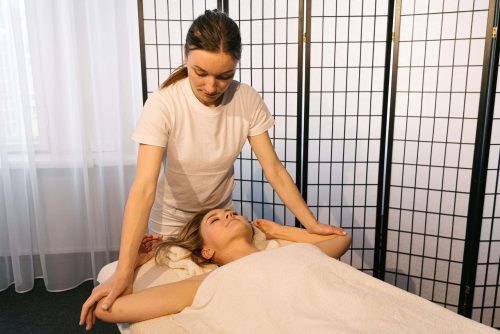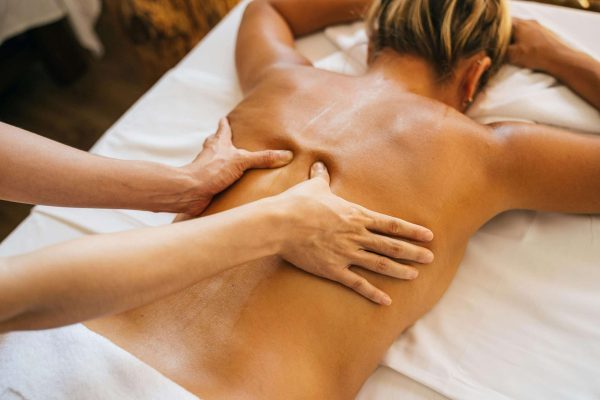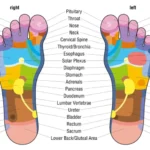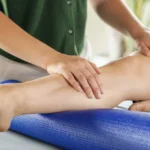Are you dealing with an aching sore muscle? Massage is a great way to provide instant relief and reduce soreness. In this article, we’ll provide you with proven techniques on how to massage a sore muscle that will help bring back your mobility and alleviate discomfort. We’ll walk you through the different massage techniques, what to do before and during a massage, and even how to find a qualified massage therapist to help with your sore muscle. Read on to learn how to massage a sore muscle and get the results you’re looking for.
What is Muscle Soreness?
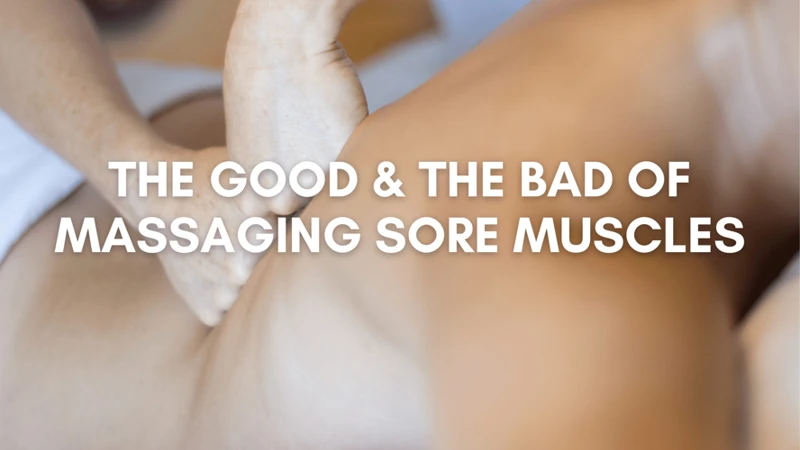
Muscle soreness or Delayed Onset Muscle Soreness (DOMS) is a type of muscle pain that occurs after physical activity, typically 12 to 24 hours after exercise. It is caused by microscopic tears in the muscles that develop in response to increased physical activity, and is usually accompanied by a feeling of stiffness or tightness in the affected area.
Common Symptoms of Muscle Soreness:
- Muscle tenderness to the touch
- Muscle tightness or stiffness
- Painful sensations when stretching the affected muscle
- Reduced range of motion in the affected muscle
DOMS is a normal and expected response to physical activity, and it typically resolves on its own within a few days. However, massage therapy can be an effective way to reduce the severity and duration of muscle soreness. Massage is thought to work by increasing circulation to the affected area and promoting the release of certain hormones that reduce inflammation and pain.
How to Massage a Sore Muscle for Instant Relief:
- Start with a gentle massage using circular motions. This will help to increase circulation and relax the muscle.
- Apply light pressure and move your fingers in small circles over the affected area. This will help to loosen up tight muscle fibers.
- Apply medium pressure and use your thumbs to knead the muscle. This will help to relieve tension and promote relaxation.
- Finish with a deep massage using your fists or palms. This will help to release any remaining tension and improve blood flow.
By combining these techniques, you can effectively massage a sore muscle and reduce the severity and duration of muscle soreness. However, if the pain persists, it is recommended to seek medical advice.
Benefits of Massaging Sore Muscles
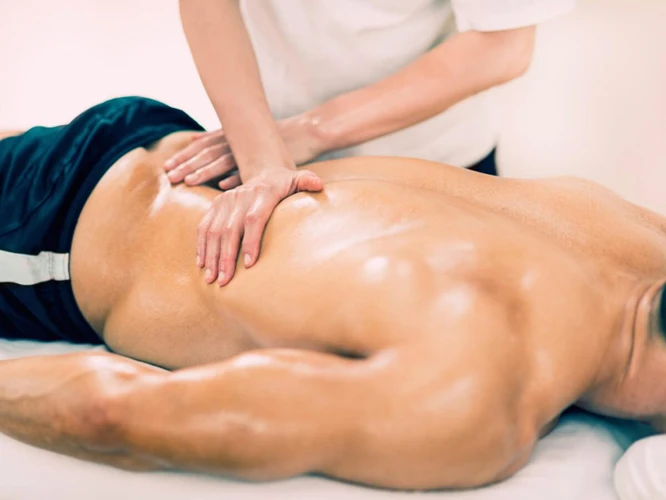
- Improved Circulation: Massaging sore muscles helps to increase blood flow, allowing oxygen and nutrients to be delivered to the area. This helps speed up the healing process, reducing swelling and inflammation.
- Reduced Pain: Massaging tight muscles can help to reduce pain and discomfort. This is because it works to relax the muscles, reducing tension and tightness.
- Greater Flexibility: Massaging sore muscles can help to improve their flexibility. This will help to reduce the risk of injury and ensure that your muscles can move more freely.
- Improved Range of Motion: Massaging tense muscles can help to improve your range of motion. This can help to improve your physical performance and make it easier to move without feeling stiff or tight.
By using the right techniques when massaging sore muscles, you can experience all of these benefits and more. Massaging your muscles is an effective way to relieve pain and tension, improve circulation, and increase flexibility and range of motion. So, the next time you feel tight and sore, give massaging a try and see how it can help you find instant relief.
Preparing for a Muscle Massage
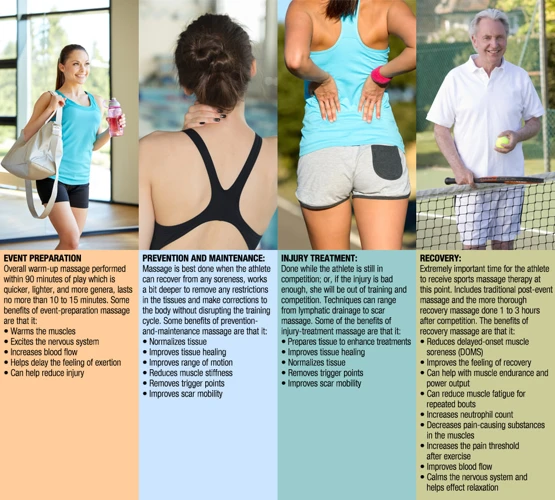
Before beginning a muscle massage, it is important to properly prepare. This involves choosing the right massage oil, making sure the massage area is clean and free of debris, and creating a comfortable and relaxing environment.
Selecting the Right Massage Oil
The type of massage oil used can have a major impact on the overall effectiveness and comfort of the massage. It is important to choose an oil that is specifically designed for massage. Natural oils such as coconut, olive, and almond work well. Avoid any oils that contain scents or fragrances, as these can be irritating to the skin.
Cleaning the Massage Area
Before beginning the massage, it is important to ensure that the area is clean and free of debris. This will help ensure that the massage is as effective and comfortable as possible. It is also important to make sure the massage area is warm and not too cold, as this can cause the muscles to tense up.
Creating a Relaxing Environment
Creating a relaxing and comfortable environment is essential for a successful massage. Low lighting and soft music can help create a soothing atmosphere. Depending on the type of massage, it may also be beneficial to have a warm compress or heating pad available for added comfort.
By following these steps, you can ensure that you are properly prepared for a muscle massage. Doing so will help ensure that the massage is as effective and comfortable as possible. With the right preparation, you can effectively combat body pain and experience instant relief.
Techniques for Massaging Sore Muscles
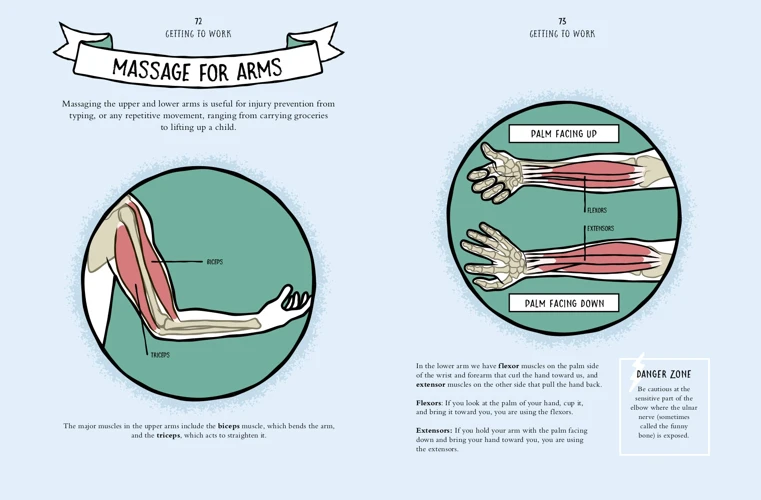
Swedish Massage
Swedish massage is a gentle form of massage that uses long strokes, kneading, circular movements, vibration and tapping to relax and energize you. It is the most common type of massage and is suitable for most people.
Deep Tissue Massage
Deep tissue massage is a type of massage that focuses on realigning deeper layers of muscles and connective tissue. It is especially helpful for chronically tense and contracted areas such as stiff necks, low back tightness, and sore shoulders.
Trigger Point Massage
Trigger point massage is a type of massage that targets specific points on the body that are known to cause pain and tension. These points are called trigger points and when they are massaged, the tension in the area is released.
Sports Massage
Sports massage is a type of massage that is specifically designed for people who are involved in physical activity. It is used to help prevent injuries, to prepare the body for athletic activity and maintain it in optimal condition, and to help athletes recover from workouts and injuries.
Myofascial Release
Myofascial release is a type of massage that focuses on releasing tension in the fascia, which is the connective tissue that surrounds the muscles. It can be used to treat a wide range of conditions, including muscle pain, chronic tension, and scar tissue.
Tips for Easing Sore Muscles
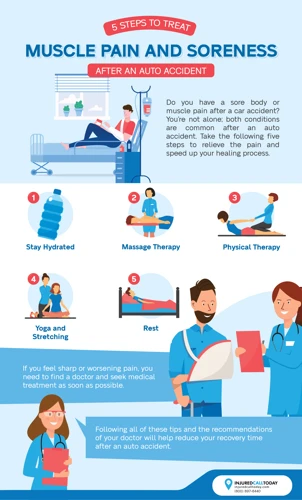
- Ice – Apply an ice pack for 15-20 minutes for immediate relief. Ice helps reduce inflammation and swelling.
- Heat – If the soreness is chronic, try applying a hot pack for 15-20 minutes. Heat helps to relax the muscles and reduce stiffness.
- Massage – Massaging your sore muscles can be a great way to reduce pain, reduce inflammation, and promote circulation. Use gentle but firm pressure to massage the affected area.
- Rest – Taking a break from strenuous activities and getting adequate rest can be an effective way to reduce soreness and prevent further injury.
- Stretching – Stretching can help to relieve tension in the muscles, improve flexibility, and reduce pain. Start with gentle stretching and gradually increase the intensity as you go.
- Hydration – Proper hydration is essential for healthy muscles. Drink plenty of fluids to stay hydrated and help your muscles recover.
When to Seek Medical Attention
Type of PainWhen to Seek Medical Attention
| Sharp, localized pain | Immediately |
| Discomfort that lasts more than 3 days | Within 24 hours |
| Pain that gets worse or doesn’t respond to massage | Within 24 hours |
If you experience any of the following symptoms, seek medical attention immediately: fever, swelling, redness, or pain that gets worse over time.
Frequently Asked Questions
What Kind of Oils or Lotions Should I Use When Massaging a Sore Muscle?
1. Natural Oils: Natural oils such as coconut, jojoba, almond, or olive oil are great for massage since they are nourishing, hydrating, and can provide a smooth glide for the massage.
2. Essential Oils: Essential oils such as lavender, eucalyptus, peppermint, and chamomile can be added to a base oil for a soothing, anti-inflammatory effect on the sore muscle.
3. Massage Lotion: Massage lotions are formulated with ingredients that help to reduce friction, provide an even glide, and keep the skin hydrated.
4. Sports Creams: Sports creams are formulated with ingredients that target inflammation and increase circulation, making them great for sore muscles.
5. Heat Rubs: Heat rubs are formulated to provide a warming sensation to the area, helping to loosen tight muscles and improve mobility.
Does Massage Help With Muscle Soreness Caused by Exercise?
Yes. Massage is an effective way to help relieve the muscle pain and soreness caused by exercise. Massage helps to improve circulation, reduce inflammation and relax the muscles, providing relief and speeding up recovery. Different massage techniques can be used to target specific muscle groups, enabling a person to massage the area of soreness with greater precision. Massage can be used as a preventative measure as well as a treatment for muscle soreness, helping to keep muscles properly conditioned and reduce the risk of injury.
How often should I massage a sore muscle to get the best results?
It is recommended to massage a sore muscle three to four times a day for the best results. The massages should be brief (2-3 minutes) and focus on the area of soreness. It is also important to allow time for the body to rest between massages. Additionally, it is helpful to use heat (such as a heating pad or warm compress) before massage to relax the muscle and boost circulation.
Is there a difference between massaging a sore muscle and using a foam roller?
Massaging a sore muscle and using a foam roller are two different techniques that can be used to provide relief from muscle soreness and stiffness. Massaging can help improve circulation, reduce muscle tension and relax tight muscles, while foam rolling can help break up scar tissue and increase flexibility. Both techniques can help improve overall muscle health and reduce soreness.
Is it possible to massage a sore muscle too much?
Yes, it is possible to massage a sore muscle too much. Massaging a sore muscle can provide relief, but if it is done too often or for too long, it can cause more damage. Here are some tips to help you avoid over-massaging a sore muscle:
- Know your limits: Massaging a sore muscle can be painful, so it is important to know your pain threshold and not exceed it.
- Listen to your body: Pay attention to how your body is feeling and stop massaging if you feel any sharp or intense pain.
- Be gentle: Use gentle, circular motions when massaging a sore muscle and avoid using too much pressure.
- Limit duration: Massage the sore muscle for no more than 15 minutes at a time, and take frequent breaks if needed.
It is also important to remember that massage is not a substitute for medical treatment. If your sore muscle does not improve after massaging, it is important to consult a doctor for further advice.
Conclusion
Massaging a sore muscle can be a great way to provide relief from pain and reduce inflammation. It is important to use the right techniques to ensure that you are targeting the right pressure points and avoiding any further injury. Taking a few minutes of slow and gentle massage can help reduce muscle soreness, improve flexibility, and restore mobility.
References
- Effects of Massage Therapy on Pain, Anxiety, and Depression in Chronic Musculoskeletal Pain: A Meta-Analysis
- Massage Therapy for Pain: A Systematic Review and Meta-Analysis
- Massage Therapy and Chronic Pain: How Massage Can Help Relieve Pain Symptoms

